|
With over 250 indigenous grape varieties officially registered in Portugal, one can imagine how much there is to explore here when it comes to wine production. I have had the opportunity to taste a myriad of varieties and enticing blends throughout Portugal’s 14 wine regions and my palate is rarely disappointed. I recently received two white wine samples featuring the Loureiro grapes from the Vinho Verde wine region and I was quite eager to taste them. The Loureiro grape is grown primarily in Portugal’s Vinho Verde region. Of Portugal’s 14 wine regions, Vinho Verde is the largest DOC (Denominação de Origem Controlada) located in the northwest corner of the country. The boundaries for the region were set in 1908 and it is believed to be one of the oldest regions in Portugal. Vinho Verde stretches from the Minho River in the north, separating northern Portugal from Spain to the Atlantic Ocean bordering the west and the Douro River running through the southern border of the region. Several other rivers traverse through Vinho Verde, which includes the Ave and Cávado. Vinho Verde is divided into nine sub-regions and grows a variety of grapes in fertile, granite and sandy soils with rainy, humid and cool temperatures created by its proximity to the Atlantic Ocean. Vinho Verde is noted for producing wines that are fresh with crisp acidity and exceptional quality-to-price ratio. The Loureiro grape is a light-skinned variety known for its floral aromas. Wines of Portugal states, “Although now widely disseminated throughout the Vinho Verde region, it seems that the Loureiro grape originated in the valley of the River Lima, towards the north of the VR Minho/DOC Vinho Verde region. "Loureiro" means "laurel" or "bay" and the aroma of Loureiro wines is said to resemble that of laurel flowers, also orange blossom, acacia and lime blossom, overlaying apple, peachy fruit. Loureiro wines usually have refreshing, well-balanced acidity. Loureiro is much in evidence nowadays bottled as a single variety, but traditionally it was more often blended with Arinto (Pedernã) and Alvarinho, or with Trajadura. It is a very vigorous, high-yielding variety that has only recently been recognized as "noble". The bunches are elongated and relatively compact, bearing medium-sized, yellowish-greenish grapes.” Esporão Bico Amarelo 2019 This is the debut vintage of Bico Amarelo (Yellow Beak). Esporão is a cutting edge winery with a presence throughout Portugal. They have approximately 700 hectares of prime agricultural areas that include wine vineyards, olive groves and other crops planted mainly in the Alentejo and Douro wine regions of Portugal. This wine is a blend of 40% Loureiro hand-harvested from Quinta Do Ameal in Vinho Verde and 30% Alavarinho and 30% Avesso sourced from nearby growers. The wine is aged for three to six months in stainless steel vats. Lovely floral aromas combine with notes of fresh stone fruit and citrus. The palate is entertained with lively acidity, lemon, green apple and a hint of peach. This is a light and refreshing wine. Alcohol: 11.5% SRP: $12 Quinta do Ameal Loureiro 2019 Quinta do Ameal is a historic estate founded in 1710 in the Lima sub-region of Vinho Verde. Lima River Valley is considered the birthplace of Loureiro. The estate has 30 hectares of vineyards, of which 14 are dedicated to the Loureiro grape. In 2019, the Esporão group became the new owners of Quinta do Ameal. This wine is 100% Loureiro hand-harvested from estate-grown fruit. It is aged for seven months on lees in stainless steel vats. Enticing floral notes mingle with citrus and fresh fruit. The palate offers fruit blended with lots of lemon, an edge of minerality, subtle herbs, a touch of tart apple and vibrant acidity. It is refreshing, light and quite enjoyable with lemon zest on the finish.
Alcohol: 11% SRP: $18 Both wines will drink beautifully as an aperitif or pair nicely with seafood, cold soups, salads and grilled vegetables. Until next time… Cheers! Penina To leave a comment or if you have an inquiry, please contact me at [email protected] Last week I found myself traveling to Portugal once again, albeit, it was through a glass of wine. But nevertheless, the wines captured the essence of two small sub-regions of Vinho Verde and for a brief moment, I was transported to Monção and Melgaço. Of Portugal’s 14 wine regions, Vinho Verde is the largest DOC (Denominação de Origem Controlada) and is located in the northwest corner of the country. The boundaries for the region were set in 1908 and it is believed to be one of the oldest regions in Portugal. Vinho Verde stretches from the Minho River in the north separating northern Portugal from Spain to the Atlantic Ocean bordering the west and the Douro River running through the southern border of the region. Several other rivers traverse through Vinho Verde, which includes the Ave and Cávado. Within the Vinho Verde region, there are nine sub-regions, of which Monção and Melgaço are my focus today. They are located at the northernmost point of the Vinho Verde region. The climate here is warmer and drier than the rest of Vinho Verde due to the hills and mountains that partially block the maritime influence. It is often characterized as a “temperate Atlantic climate.” Monção and Melgaço experience cold winters with moderate rainfall and very hot and dry summers. Hot days and cold nights during the maturing season aid in preserving the aromas and freshness of the grape. The soil is comprised mostly of granite and a small amount of gravel. These conditions are the ideal setting for growing the Alvarinho grape variety to which Monção and Melgaço are entirely dedicated to growing. The wines produced here are rich, subtly complex and have abundant acidity. The wines are made in both dry and totally still. Manuel Pinheiro, the Presidente da Comissão Executiva of Vinho Verde welcomed us atop a luxury penthouse in NYC to join him and a few producers of Monção and Melgaço to dine, learn and sample the wines from these sub-regions. Present were Vânia Azevedo from PROVAM and Ricardo Bastos and Armando Fontainhas from Adega Cooperative e Regional de Monção, CRL Not present was the producer for Soalheiro. We tasted through six 100% Alvarinho wines. Provam Vinha Antiga Reserva Vintage 2017 Portal Do Fidalgo Reserva 25 Years Vintage 2015 Adega Cooperative e Regional de Monção, CRL Alvarinho Deu La Deu Vintage 2018Alvarinho Deu La Deu Reserva Vintage 2015 Soalheiro Soalheiro Alvarinho Vintage 2018 Soalheiro Primeriras Vinhas Vintage 2015 All of the wines we tasted had a distinctive profile of intense aromas such as floral, citrus notes, honey and orange. A range of flavors layered the palate with the most predominant being tropical fruit, stone fruit, citrus, honey, green apple, hazelnut and minerality. The wines were dry, full-bodied, soft and balanced with fresh acidity and persistent flavor. These are rich wines with good structure and have an average alcohol level of 13%. The wines will drink beautifully as an aperitif or pair nicely with seafood, cold soups, salads and grilled vegetables. Have some fun and try a side-by-side comparison of 100% Alvarinho from the different regions/sub-regions of Portugal, including an Alvarinho from Monção and Melgaço. I’m sure you will taste the difference and agree that the Alvarinho from Monção and Melgaço is so full of expression and character, it will magically transport you there one sip at a time! Until next time… Cheers! Penina To leave a comment or if you have an inquiry, please contact me at [email protected] Valentine’s Day is almost here and quite a few romantics are getting a head start by celebrating this weekend. Flowers, candy and hearts of all different sizes and designs are on display everywhere, as well as specially designed bottles of sparkling wine to mark the occasion. I especially love the mini bottles with little heart embellishments. With pink and red being the main theme for Valentine’s Day, rosé sparkling wine is a perfect choice to serve. Sparkling rosés are festive and range in color from light salmon to dark cherry and evoke the sentiment of the holiday. Rosés may be thought of as more of a spring and summer wine, but I enjoy them all year long and they pair beautifully with just about every type of food! Rosés are produced all over the world and can differ greatly in amount of dryness, fruit, flavor and price. Most of my rosé reviews have been about wines from France, Italy, Washington, CA and Spain. So, in keeping with my habitual curiosity of tasting wines, I recently tried a very inexpensive bottle of Casal Garcia Vinho Verde Rosé produced by the Aveleda Winery in Portugal. 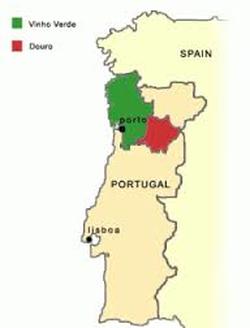 Vinho Verde is the largest DOC (Denominação de Origem Controlada) of Portugal and is located in the northwestern corner. The region grows a variety of grapes in fertile, granite and sandy soils with rainy, humid and cool temperatures created by its proximity to the Atlantic Ocean. This particular rosé is a blend of Vinhão, Azal Tinto and Borraçal grapes. The color is vibrant cherry with strawberry and raspberry aromas that segue onto the palate. It is mildly effervescent with a dry yet creamy mouthfeel. The fresh fruit is nicely balanced with acidity and a hint of citrus zest leads to a crisp finish. Alcohol: 9.5% Price: $8.50 Considering the price of this rosé, it is a great value for quality sparkling wine and proves that one doesn’t always have to spend a fortune to show how much you care. Your heart and love will pair well with any wine! Whether you’re celebrating Valentine’s Day with loved ones, friends, family or just want to celebrate “you”, go ahead and indulge in some chocolates such as champagne truffles and pop a bottle of “pink”!  Have a sweet and bubbly Valentine’s Day! Cheers! Penina |
Categories
All
|

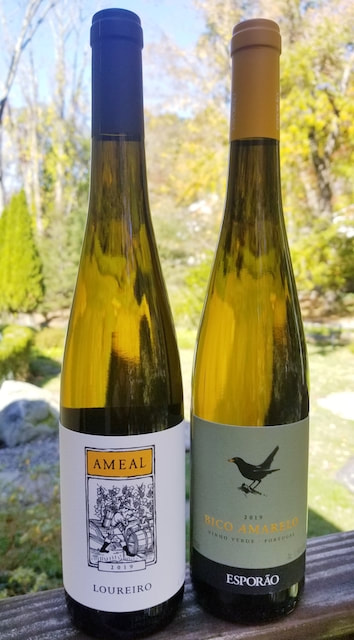
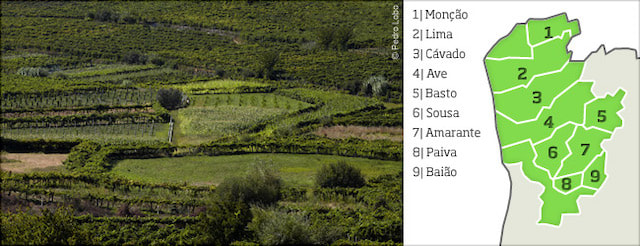
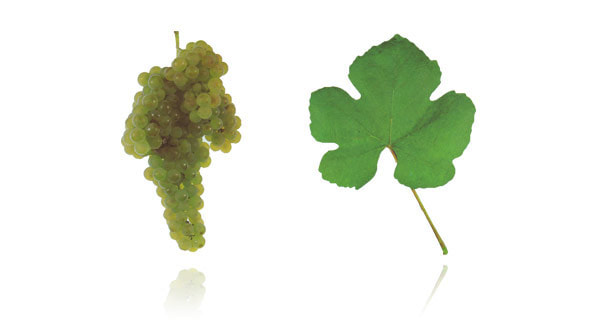
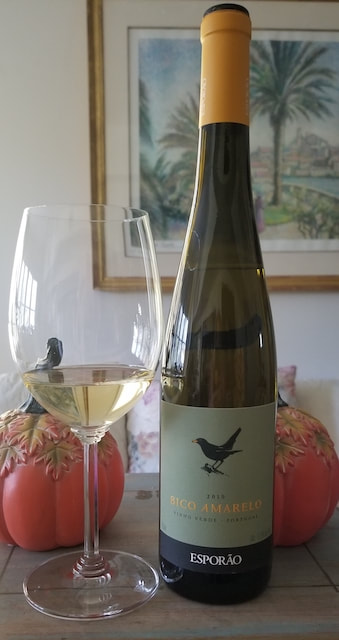
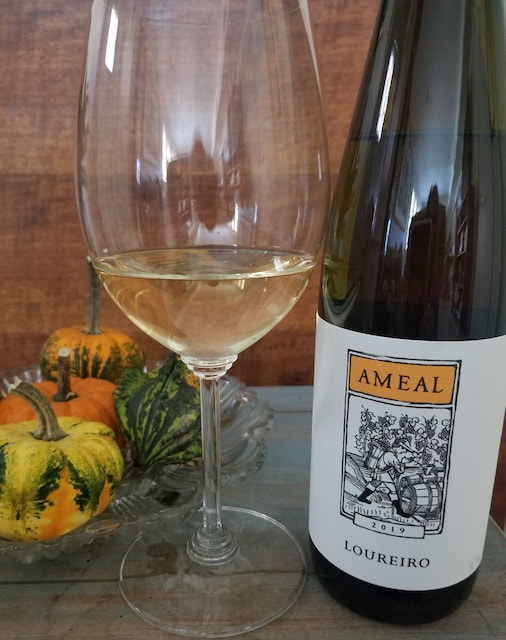
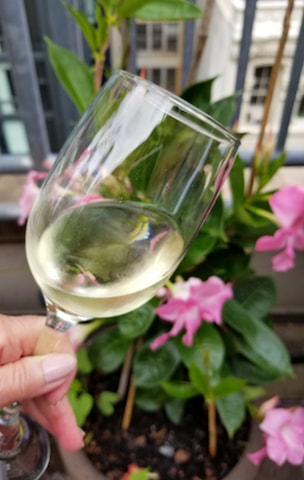
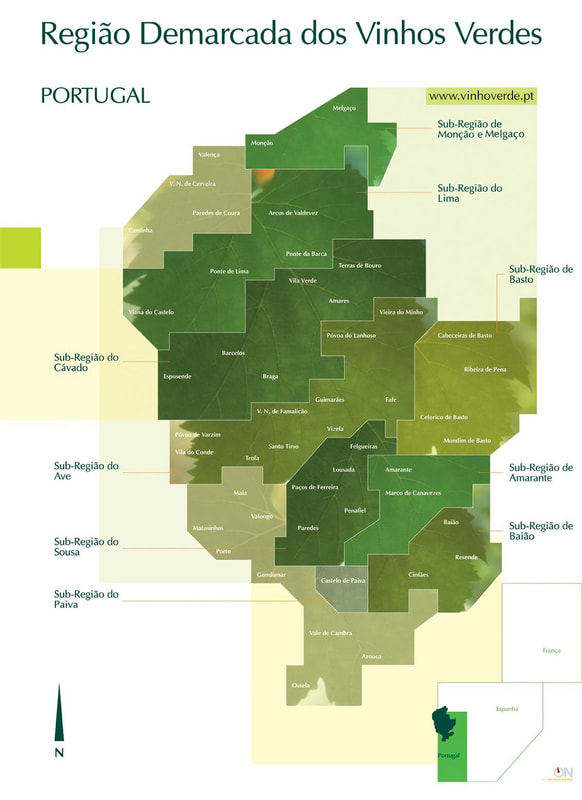

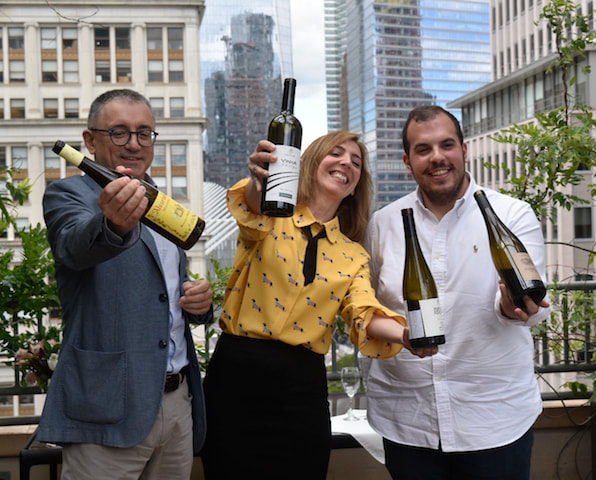
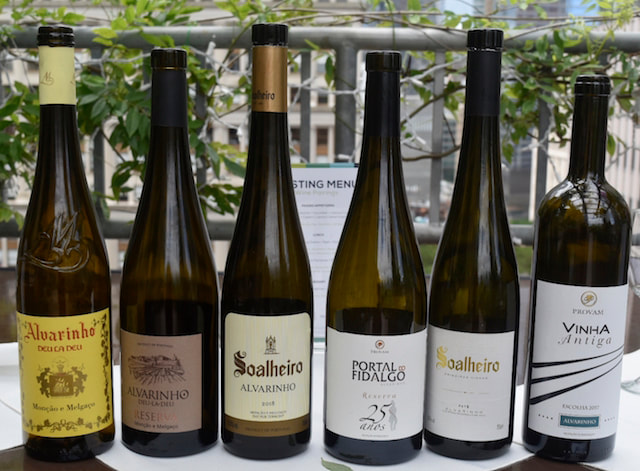


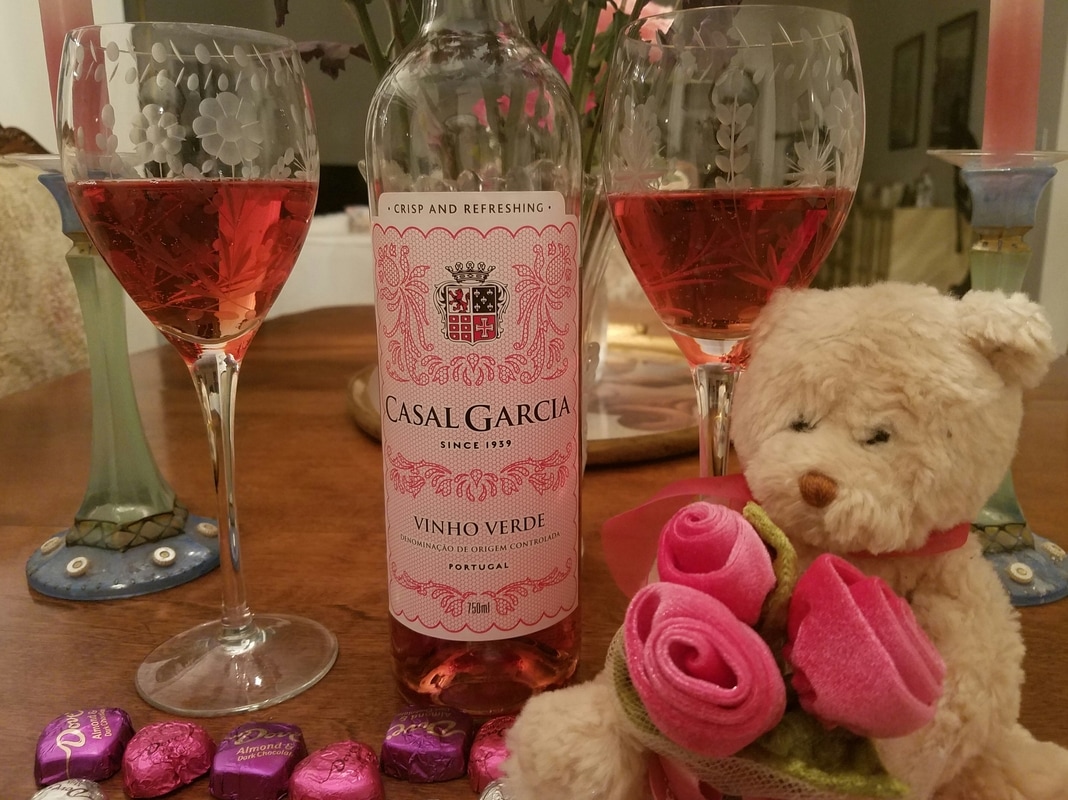
 RSS Feed
RSS Feed